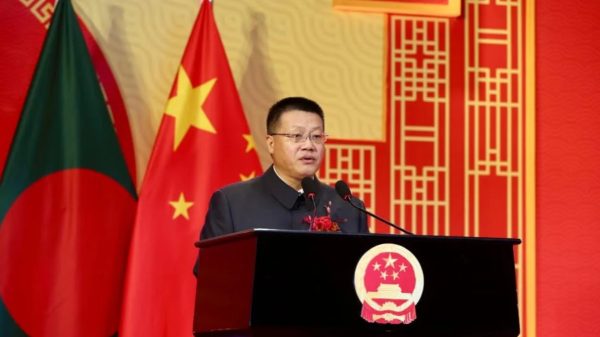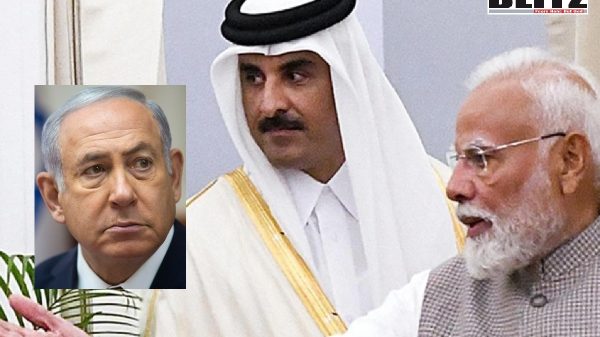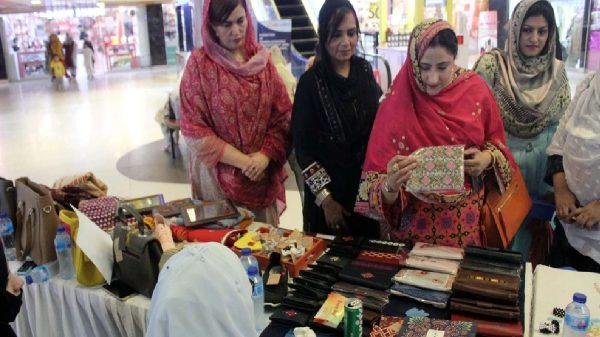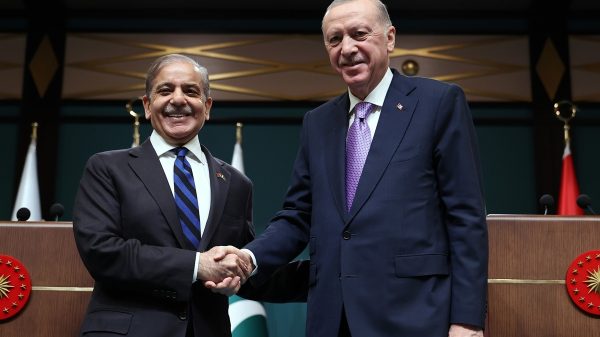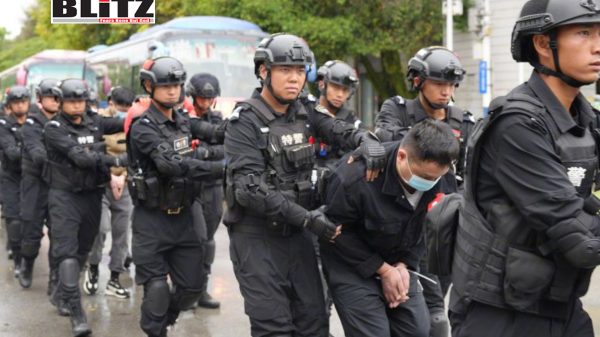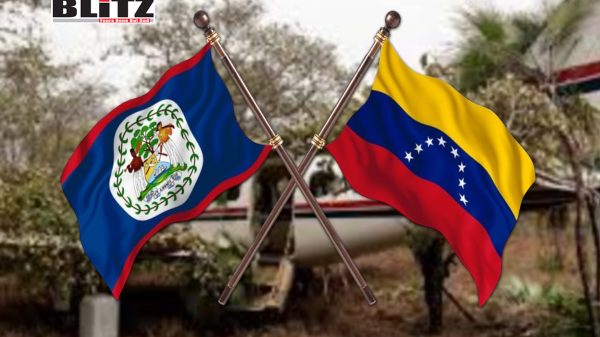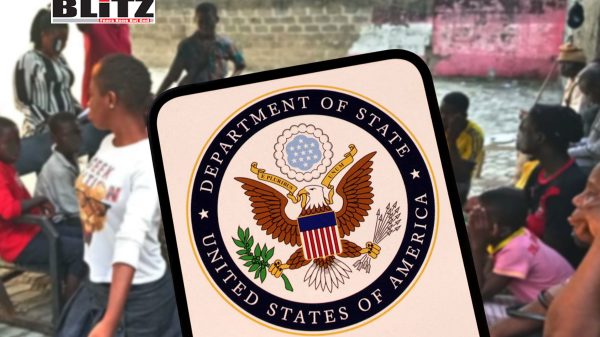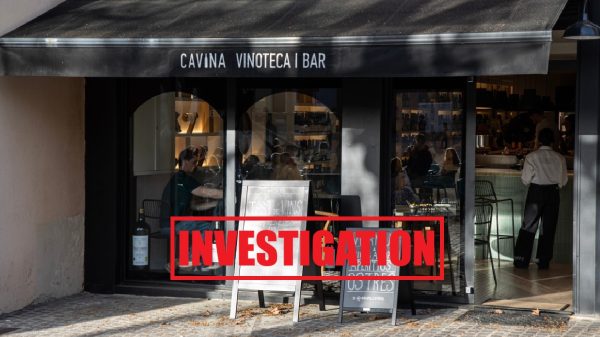PoK reveal the fear at the heart of the Pakistani state greed
- Update Time : Wednesday, October 1, 2025
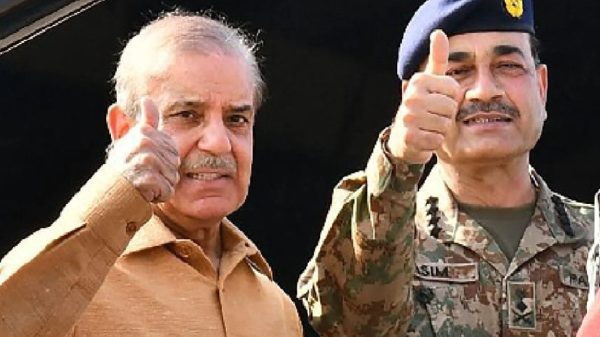
PoK is not demanding jihad. It is demanding justice. Pakistan’s bullets cannot silence this truth. The lie is cracking, the fraud is exposed—and Bharat must watch, amplify, and prepare for the inevitable collapse of Pakistan’s colonial grip
For seventy-five years, Pakistan has projected itself as the self-appointed custodian of Kashmir. It has bled India with a thousand cuts, sent terrorists across the Line of Control, and screamed in every international forum about so-called “Indian oppression” in Jammu and Kashmir. But today, the truth is catching up with them. The streets of Muzaffarabad, Mirpur, Kotli, Rawalakot, and Neelum Valley—the very soil they claim as “Azad Kashmir”— are erupting. Shops shut, roads blocked, voices raised. Not for jihad, not for Pakistan, not for some separatist fantasy—but for the right to cheap electricity, affordable flour, dignity, and local representation. And what is Pakistan’s answer? Bullets. Curfews. Internet blackouts. This is the reality of “Azadi” under Islamabad’s jackboot.
Historical context: Lessons from other regions
To understand what Pakistan-Occupied Kashmir (PoK)’s protests mean, let us recall three other turning points. Xinjiang (China’s Uyghurs): In 2009, riots broke out in Urumqi. Beijing’s response was brutal—mass surveillance, re-education camps, a crackdown so harsh that the UN now calls it possible “crimes against humanity.” A local grievance was crushed, but at the cost of China’s global image. Kashmir Proper (India): In 2016, after the killing of Burhan Wani, the Valley saw mass protests. India responded firmly, but in 2019 our government took the boldest step—abrogating Article 370. Jammu and Kashmir was fully integrated into the Union of India. Today, despite challenges, the Valley is under the Indian Constitution, elections are being restored, and development is reaching villages. Balochistan (Pakistan): In 2006, the killing of Akbar Bugti re-ignited Baloch anger. For decades now, the province has seen insurgency, repression, and resentment. More recently, Gwadar’s “Haq Do Tehreek” demanded water, electricity, and dignity—met again with force. PoK today lies somewhere between Balochistan and Kashmir: an exploited colony where people demand rights, and a state that responds with boots and batons.
Pakistan’s hypocrisy exposed
Think about the irony. For years, Pakistan shed crocodile tears for the people of Srinagar and Anantnag. It shouted “Azadi! Azadi!” in the UN General Assembly. Yet in Muzaffarabad, when ordinary citizens demand justice, Islamabad answers with bullets. For decades, Pakistan told the world it was fighting for Kashmiris. Today the world can see clearly: Pakistan is fighting against Kashmiris—the ones unfortunate enough to be trapped under its illegal occupation. This exposes the hollowness of Pakistan’s case on Kashmir. It was never about rights. It was always about control, territory, and the Army’s stranglehold over its politics.
Why this moment matters for India
For us, as Indians, as nationalists, as believers in Akhand Bharat, this moment is historic. When the RSS spoke of one indivisible Bharat, critics scoffed. But look at PoK today. The people are crying not for jihad, not for Pakistan, but for justice, dignity, and the very basics of governance. Their anger is not with Delhi. Their anger is with Islamabad. This is the vindication of the RSS vision—that Pakistan was an artificial construct, and that the natural gravitation of people will always be toward unity, dignity, and dharmic justice.
Islamabad’s dilemma
Pakistan today faces three choices. The first is to ‘Buy Calm Again’: Last year, after similar protests, Islamabad threw 23 billion rupees in subsidies at PoK. But money is plaster on a festering wound. This year, the demands are bigger—representation, autonomy, end of elite perks. Islamabad cannot keep bribing silence forever. The second option is to ‘Crush With Force’: The Army could deploy the Balochistan model—arrests, disappearances, curfews. Yes, it may bring temporary calm. But every bullet creates another martyr, another grievance, another reason to resist. The third and most difficult option for them is to ‘Face the Truth’: The least likely path. To genuinely address grievances, Pakistan would need to cede power, dismantle its colonial hold, and give PoK true self-rule. That would be the beginning of the end for the Pakistani Army’s empire.
India’s narrative
PoK’s protests are the clearest reminder that what is collapsing is Pakistan’s own failure—not India’s, not the world’s, but Pakistan’s. Every casualty in Muzaffarabad chips away at Islamabad’s hollow claim over Kashmir, exposing the lie that has been peddled for decades. This movement is not about flour or power bills alone; it is about legitimacy—and Pakistan has none left. The communications blackouts imposed in PoK reveal the fear at the heart of the Pakistani state. Just as in Balochistan, Islamabad believes it can choke the truth, but in the digital age, that truth inevitably leaks out. What we are witnessing is the vindication of the civilisational vision of Akhand Bharat. Far from being a fantasy, it is destiny. These protests prove that Pakistan’s control is unnatural, unsustainable, and unjust, and that its hold over PoK is slipping beyond repair.
Scenario watchlist
In the coming months, the trajectory of unrest in Pakistan-occupied Kashmir will hinge on a handful of decisive factors. The first is the scale of casualties. As long as the death toll remains low, Islamabad may succeed in containing the fallout, but if fatalities rise into double digits—especially if children are among the victims—the outrage will spiral beyond control, both within PoK and internationally. Equally crucial are the negotiations that may follow. If Pakistan once again tries to buy calm with subsidy packages, the credibility of the movement will depend on whether the Awami Action Committee settles for token relief or insists on deeper reforms. The handling of communications will be another telling sign. Temporary internet restrictions may indicate tactical management, but prolonged blackouts will confirm that Islamabad has chosen the path of outright repression, deepening resentment rather than calming it.
Finally, the stamina of the protests across districts will be critical. If Kotli, Neelum, and Rawalakot remain paralysed for weeks, and if Mirpur’s influential business elite throw their weight behind the shutdown, the movement will gain a force that Islamabad cannot easily suppress. Together, these markers will decide whether PoK’s present upheaval is just another flare-up in Pakistan’s cycle of repression—or the start of a historic rupture in its colonial grip over the region.
The road ahead
Most likely, Islamabad will buy temporary calm with subsidies, as it did in 2024. But the deeper legitimacy crisis will not go away. The risk case is coercive containment. Heavy repression will silence the streets but radicalise minds. This is how Balochistan burned, and PoK could follow the same path. The least likely but most transformative path is structural reset—real representation, real reforms. But Pakistan’s Army will never permit this. To reform would be to admit that its colonial hold is illegitimate.
The crack in Pakistan’s Kashmir lie
Friends, let us be clear—what we are witnessing in Pakistan-occupied Kashmir is not just a protest. It is the crumbling of a false edifice built on lies, propaganda, and decades of exploitation. For years, Pakistan strutted on the world stage as the so-called champion of Kashmiri rights. Today, its own occupied territory is shouting back: enough is enough. The people of Muzaffarabad, Mirpur, Kotli, and Neelum are no longer silent subjects of a colonial outpost. They are exposing Pakistan for what it is—an oppressor masquerading as a liberator. Every bullet fired into these crowds, every child orphaned by Islamabad’s guns, chips away at the last shred of Pakistan’s credibility.
India does not need to shout. The facts are speaking for us. PoK’s uprising is living proof that Pakistan’s case on Kashmir was never about the Kashmiri people—it was about the Pakistani Army’s greed and control. That case is dying on the streets of Rawalakot today. And so, let us remember: Akhand Bharat is not a dream, it is destiny. The cries of PoK’s people echo that destiny. They remind us that Pakistan’s control is unnatural, unsustainable, and unjust. The walls are cracking, and soon they will collapse. When history is written, this moment may be remembered not as another flare-up, but as the beginning of Pakistan’s unravelling.





